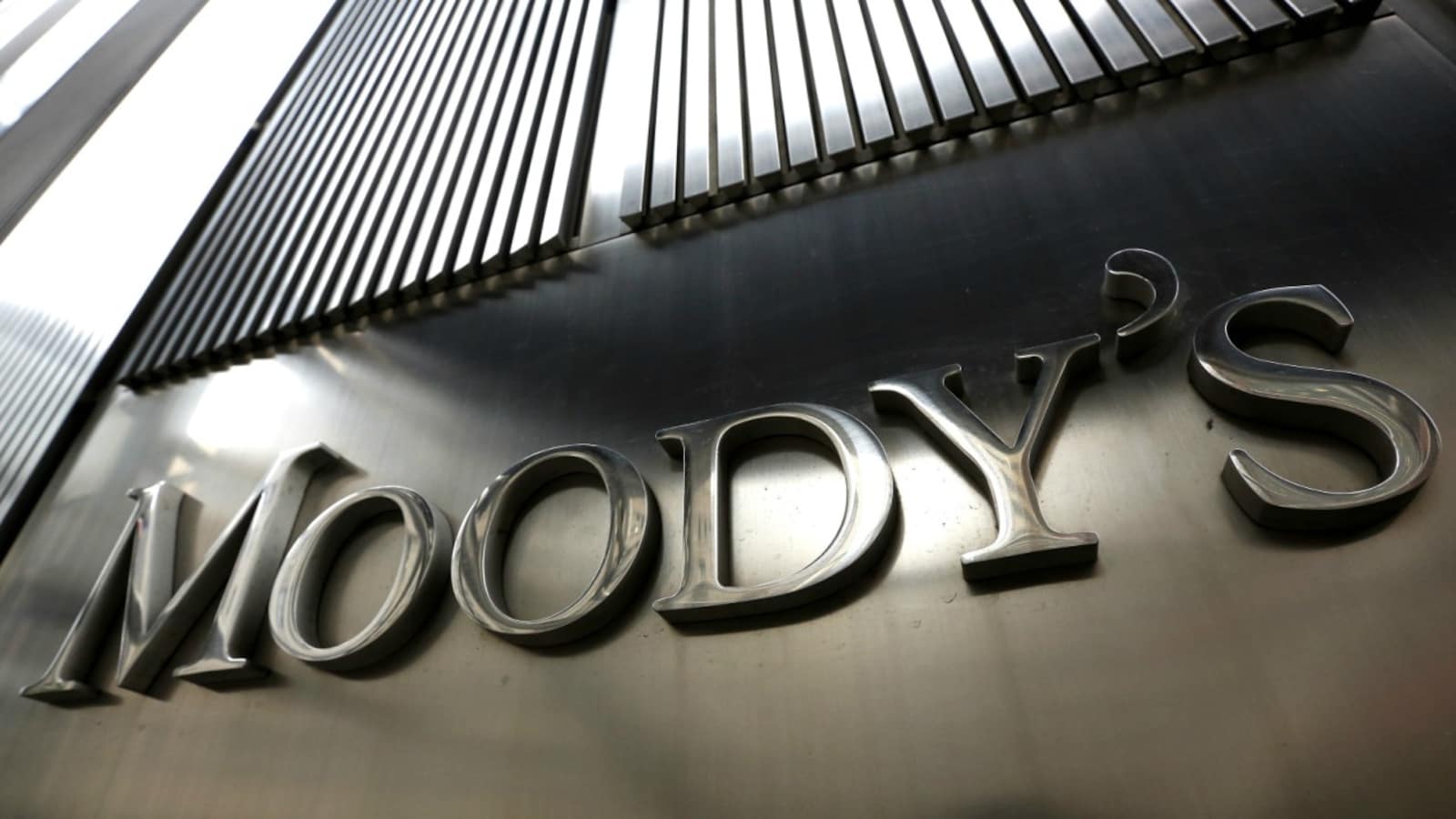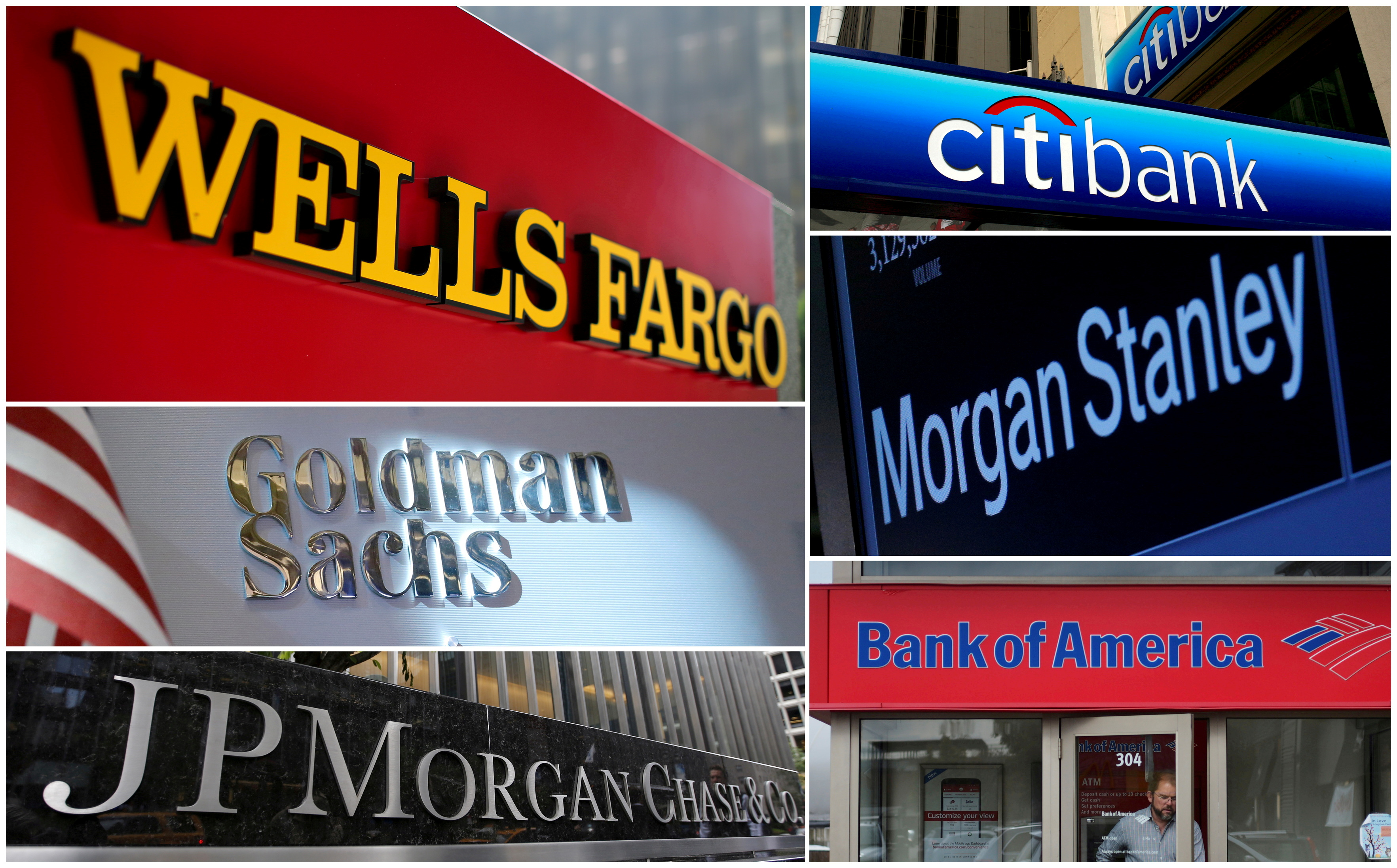Financial Downgrades Shake US Banking Sector Amidst Challenging Climate
The US banking sector finds itself navigating through a turbulent period as credit rating agencies deliver successive downgrades to several banks. S&P Global and Moody's have recently lowered credit ratings for regional banks, causing ripples across the financial landscape. These actions come against the backdrop of a challenging lending environment, where factors like weaker funding, deposit outflows, and rising interest rates have raised concerns.

US Banking Sector
S&P Global has downgraded the credit ratings of five regional U.S. banks and revised the outlook for several other lenders, attributing these actions to concerns about the challenging lending environment.
In a recent statement, the rating agency indicated that it had lowered the credit ratings of KeyCorp, Comerica Bank, Valley National Bancorp, UMB Financial Corp., and Associated Banc-Corp by one notch. The rationale for this decision was rooted in the increasing risks associated with weaker funding, substantial deposit outflows, and the upward movement of interest rates.
Moreover, S&P Global has also shifted its outlook for S&T Bank and River City Bank to negative from its previous stable assessment. This alteration in outlook was based on the notable exposure these banks hold to commercial real estate.

This move by S&P Global comes closely after another major credit rating agency, Moody’s, unsettled financial markets by announcing a downgrade of the credit ratings for ten smaller and medium-sized banks by one level. Additionally, it placed six major banking entities, including U.S. Bancorp, Bank of New York Mellon, and Truist Financial, under review for potential future downgrades.
Moody’s had reduced the ratings of firms like M&T Bank, Pinnacle Financial, BOK Financial, Webster Financial, Old National Bancorp, and Fulton Financial. The agency cited challenges stemming from interest rate fluctuations and asset-liability management risks, which impact liquidity and capital as unconventional monetary policies are phased out, leading to shifts in deposits and devaluation of fixed-rate assets.
Cautionary Winds Ahead
The recent turmoil in the financial sector, triggered by the unexpected collapse of Silicon Valley Bank and Signature Bank, heightened instability among regional banks. In response, regulatory authorities implemented emergency measures to restore confidence in the banking system. However, regional banks remain cautious and apprehensive.
These successive downgrades coincide with an unusually aggressive tightening of monetary policy, marking one of the most notable campaigns in decades.
In July, the Federal Reserve approved another increase in interest rates, resulting in the benchmark rate reaching its highest level since 2001. This policy has intensified pressure on smaller and medium-sized banks.
These banks are grappling with an influx of depositors who have moved their funds into accounts with higher interest yields. This trend has led to increased funding costs for the banks. Over the past five quarters, non-interest-bearing deposits have plummeted by 23%, while certificates of deposit and brokered deposits, which tend to be more costly, have approximately doubled in volume.
While several metrics related to asset quality still appear manageable, the surge in interest rates is impacting borrowers, causing an increase in nonperforming assets, delinquencies, and charge-offs. S&P predicts that this trend will persist due to the prolonged period of elevated interest rates.

Stocks Take A Tumble
The consequences of these actions were immediately felt in the stock market, as shares of various U.S. banks experienced declines right after S&P Global and Moody’s reduced credit ratings for regional banks with substantial exposure to commercial real estate.
S&P’s actions will lead to higher borrowing costs for the banking sector, which is striving to recover from previous crises. The collapse of three regional lenders earlier in the year had triggered wider turmoil across the industry.
David Wagner, a portfolio manager at Aptus Capital Advisors, emphasized that structural vulnerabilities in banks’ balance sheets remain, given the ongoing efforts of the Federal Reserve to anchor inflation through prolonged higher interest rates.
S&P’s downgrades were based on concerns such as funding risks and a reliance on brokered deposits for Associated Banc-Corp and Valley National Bancorp. Deposit outflows and higher interest rates prompted the downgrade of UMB Financial Corp. and Comerica Bank. The rating agency also attributed its decision to cut KeyCorp’s ratings to constrained profitability.
Notably, even though S&P didn’t directly mention major banks like JPMorgan Chase and Bank of America, their stocks experienced declines of nearly 2%.
Citigroup, Wells Fargo, Goldman Sachs, and Morgan Stanley also saw declines of around 1%. Meanwhile, KeyCorp, Comerica, and Associated Banc-Corp faced steeper drops of over 3%, while Valley National and UMB Financial experienced declines ranging from 2% to 4%.
Despite healthier-than-anticipated loan growth in the second quarter, Wagner remains concerned about persistent issues within the lending sector.
S&P Global also adjusted its outlook for S&T Bank and River City Bank from “stable” to “negative,” citing their increased exposure to commercial real estate.
The cost of insuring against default by U.S. banks has also risen slightly, with credit default swaps for Goldman Sachs reaching its highest level in a month.
These actions by S&P Global follow similar downgrades by Moody’s, which had previously downgraded ratings for 10 U.S. banks and warned of possible downgrades for major lenders.

The ongoing interest rate hikes by the U.S. Federal Reserve have resulted in higher costs for banks, compelling them to pay greater interest on deposits to prevent customers from seeking alternatives with higher yields.
Brian Mulberry, client portfolio manager at Zacks Investment Management, noted that the downgrades stem from concerns about liquidity, given that many banks are dealing with loan portfolios generating lower interest income while having to pay depositors higher rates.
Despite the challenges outlined by the downgrades, Mulberry clarified that there is no immediate systemic risk within the banking sector.
An analyst at Fitch, the last of the three prominent credit rating agencies, recently suggested that further deterioration in the sector’s operating environment could lead to downgrades for several U.S. banks, including JPMorgan Chase.
The Last Bit, The recent spate of downgrades by credit rating agencies like S&P Global and Moody’s accentuates the vulnerabilities that the U.S. banking sector is currently facing. The intricate interplay of factors such as interest rate fluctuations, asset-liability management, and commercial real estate exposure has amplified risks for regional banks.
While the downgrades have created immediate repercussions in the stock market and prompted apprehensions among investors, experts highlight that these challenges, although significant, do not immediately signal systemic risk.
The banking sector is now tasked with shoring up its resilience, balancing liquidity concerns, and strategically managing the evolving lending landscape. As the sector continues to grapple with these changes, it remains to be seen how well it can adapt and forge a path toward stability and growth in the face of these challenges.




